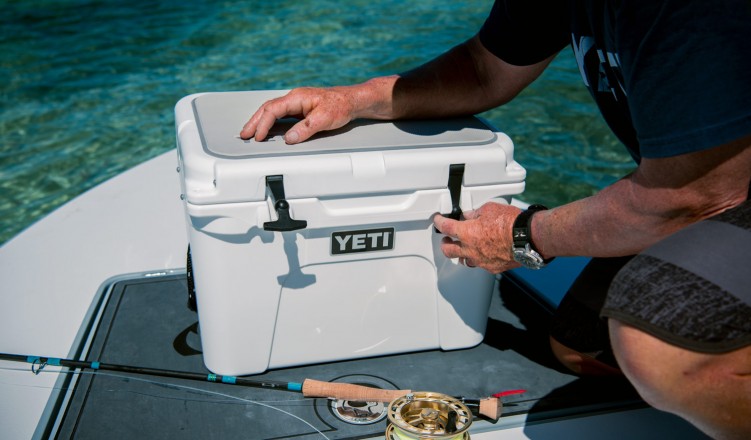YETI Is Cool, But What Strategy Will Keep It Hot?
 If you spend any time in outdoor retailers, you’ve probably seen YETI coolers. If you’re part of the hook and bullet crowd, I bet you own one or two … and perhaps needed a second mortgage on your house to buy them!
If you spend any time in outdoor retailers, you’ve probably seen YETI coolers. If you’re part of the hook and bullet crowd, I bet you own one or two … and perhaps needed a second mortgage on your house to buy them!
The first time I saw a YETI cooler price tag at REI, I thought the store must’ve inadvertently used the price code for a snowmobile. Dang, they’re expensive!
However, it usually takes a great product to achieve what YETI has. Beyond being cool — sorry, I couldn’t resist — the coolers are known for their quality and ability to keep things cold so long that the federal government is considering using them to store spent nuclear waste.
This is the strategy question that this company faces: How does it continue and extend its success? Owned by a private equity firm that stands to make a boatload of money on a pending IPO, it has a “product-driven” strategy and is ripe for competition.
When competition reaches the same level of performance at half the price, will YETI respond by increasing the existing products’ capability? When your ham sandwich or field-dressed elk stays cool for three days now, will an extra hour and a half make a difference?
If Apple had tried to stick to the knitting with its original big win, the Macintosh computer, where would it be now? Even if it had continued to enhance the original iPod — new colors, smaller case, more storage, voice command — where would it be now?
Unless you can thoroughly button things up with intellectual property protection, product-driven strategy requires continual R&D and innovation, lest entropy reigns and competition catches up. This usually requires releasing more products into the same market or selling an existing (or modified) product into new markets.
Contrast this with the club-based shaving company Harry’s, which one could also describe as a product strategy, but one with a recurring revenue stream. Enthusiastic founders started both companies with passion for a better product. The business models, however, are quite different.
Business models and strategy, rather than tightly planned, often emerge as a young company grows. But thinking about options early in the growth cycle can bring great benefits later. What core competencies will we need? What will capital expense look like? What distribution channels will be available to us? How large is the available market? What are some logical adjacent markets? These are all great questions to have to struggle with when initial success ensues. They answers change, however, based upon the chosen strategy.
YETI is a cool company, but can it remain hot when the public market demands continued growth? “What’s next?” is probably the question of the day at YETI, just like it is at Apple. A marvelous problem to have, but a vexing one as well.

coaches CEOs to higher levels of success. He is a former CEO and has led teams as large as 7,000 people. Todd is the author of, Never Kick a Cow Chip On A Hot Day: Real Lessons for Real CEOs and Those Who Want To Be (Morgan James Publishing).
Connect with Todd on LinkedIn, Twitter, call 303-527-0417 or email [email protected].
